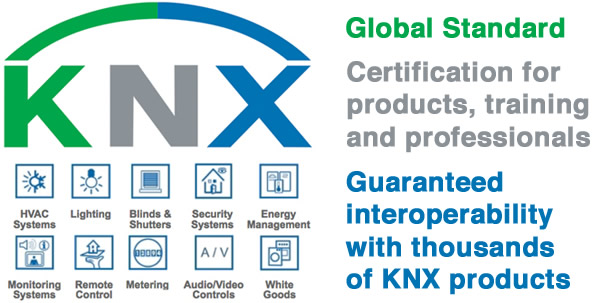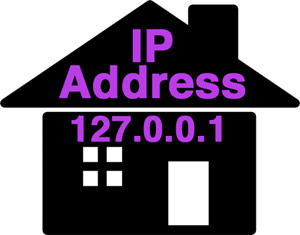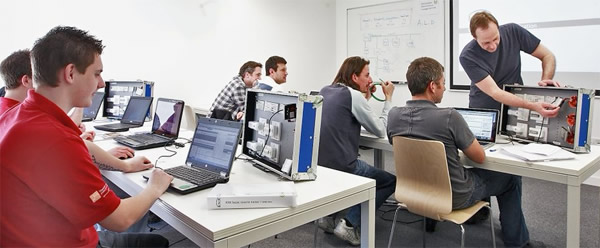 By Thanos Derempeis, AD Networks Ltd.
By Thanos Derempeis, AD Networks Ltd.
After years of working as a freelance IT engineer, I formed AD Networks Ltd in 2002. The initial line of business was B2B IT consultancy, hardware/software supply and support for businesses varying from 5 to 50 users. Networking infrastructure was obviously at the core of our offerings as it connected all the services and made them available to the users. It was in 2006 when one of our IT customers, who was developing their own high-end property, suggested I take on the project management of the home automation, IT and entertainment systems as, understandably, they found the prospect daunting.
This was a challenge that I picked up happily. By the end of the project a few things had become apparent regarding this developing technology sector: systems integration was the way things would go. Much like some years before, when businesses realised the benefits of networking computers, it was clear that connecting the various systems in a building would have benefits.

Standards
Systems integration requires multiple skillsets to be successful. Engineers and designers have to be familiar with lighting, heating, programming, audio, video, networking, and regulations to name a few. Coming from an industry that operates on standards and protocols which manufacturers adhere to, it was surprising to see that a lot of the systems manufactured and specified for home control were proprietary. This meant that interfacing between systems was troublesome, adding unnecessary costs in equipment and programming, compromising functionality, and limiting product selection.
Naturally, at that point, the company formed another arm that is dedicated to systems integration, and it made sense to specialise in a standard that would cover all aspects of building management and control, as well as allow the greatest flexibility in product selection – which is why we chose KNX.

Everything is being networked
A lot has changed since 2006, or rather improved. ADSL speeds (in most cases) are fast enough to stream HD movies, and sensors have become cheap, small and extremely accurate. Smartphones have become our interface with almost every piece of technology we own. We have come to expect that our doorbell, our CCTV, heating and lighting will be available to us on our phone or through a browser, wherever we are.
With the exception of applications that use technologies such as Bluetooth or NFC (Near-Field Communication), almost all other communications are over TCP/IP. Indeed almost every device we use connects to the building’s network infrastructure and has an IP address. This is becoming the norm even on household appliances.

The TCP/IP network is becoming the means for anything to communicate with anything, everywhere. The network infrastructure will become as fundamental as the electrical installation in a building – even the humble analogue landline will be a thing of the past as SIP/VoIP (Session Initiation Protocol/Voice over Internet Protocol) takes over.
It is clear to see how the demands on the IT infrastructure have increased; CCTV cameras are IP-based, telephony will be IP-based, and on-demand TV is becoming the norm. A lot of devices are competing for bandwidth, not only the bandwidth towards the Internet but also for the available bandwidth within the LAN. As much as manufacturers design their devices to be plug and play, and as clever as UPnP (Universal Plug and Play) might be, networks in larger, more complex installations, will require some configuration in order to perform faultlessly or existing installations will require troubleshooting.
Terms such as QoS (Quality of Service), overall switching throughput, port number, PoE (Power over Ethernet) subnets and VLANs, are becoming more and more relevant to the design of a system. Even the network switch has come of age; from a device that was sourced with only cost in mind, it has become a device that has to be selected based on certain criteria if it is not to become the bottleneck of the system – especially since it is the main source of power for many devices such as Wi-Fi gateways, access points, door entry systems, cameras, and touchscreens.

Designing IT into a building
It is important for building developers to recognise that a few network points scattered around the property without any thought is not the way to go. Correctly-specified and well thought-out location of the network points is as valuable as electrical sockets in the right places, so knowledge in this area is valuable – whether it be in-house or bought in.
Although many custom installation companies have great A/V engineers and programmers, they often have little or no knowledge of IT and in particular, the TCP/IP protocol. The best-looking and functioning GUI (Graphical User Interface) is useless if it is not available when the user moves from room to room or as soon as they leave the property.
Why IT expertise matters
In the 12 years that we have been involved with systems integration, we have often been commissioned by other companies to assist with the network design, correct networking of the equipment and remote access configuration. Not so long ago, we were commissioned to resolve an issue in an installation where the end user was complaining of erratic behaviour on their network, bad quality of VoIP calls even between the extensions inside the building, and inconsistent lag between button presses and actions on their control system GUIs.
Upon inspection, it was easy to see why they were experiencing those issues. A CCTV system with 12 HD cameras and a media server were all plugged into the same switch on the same subnet, which simply could not cope with the traffic. Replacing it with a unit that offered VLAN options and QoS resolved any issues.
In another instance, implementing a site-to-site VPN (Virtual Private Network) over an MPLS (Multiprotocol Label Switching) solution helped overcome the issue of connecting three buildings together and extending the installation beyond the physical confines of the KNX cabling whilst providing universal control system.

Our ‘smart’ devices need to communicate in order to receive information and provide feedback – in many cases the actual processing takes place in the ‘cloud’. IT knowledge offers the tools necessary by which an integrator can make the individual systems communicate. Options such as RS232 communication are becoming a thing of the past, even though in some cases you still cannot beat them for reliability.
Gaining IT knowledge
IT knowledge can extend an installation beyond geographical boundaries, and is in the heart of visions such as cities of the future. The challenge comes from the diversity and demands of our profession; it is not easy to learn to program a control system and all the individual components while learning about heating systems and hysteresis, lighting control and wattage, and still find time to learn about IT. It is, however, becoming imperative.
Finding the right training is a good first step, especially if the provider understands the nature of your business and the importance of IT in what you do. For example,
we have had this conversation with the people from Ivory Egg, and they are one of the suppliers who try to support installers as much as they can. It is through these channels that engineers should be able to find access to courses that provide the necessary knowledge – courses that should be targeted at the needs of the integrator, and courses that will raise the awareness of developers and architects.

Conclusion
Using IT, an integrator can integrate their KNX installation with most devices and the rest of the world. IT is the gateway between a KNX system and the IoT – a market that is currently valued at US$157B and which by 2020, is estimated will be $457B.
More and more devices of any description are fitted with sensors, transmitters, actuators and communications circuitry. Imagine if all that information can be relayed to and from our installations and events are triggered without even requiring user intervention.
Imagine a home that can sense the condition of its occupants by reading their vital statistics emitted by the various sensors on their body, clothing, or wearables and adjust their environment accordingly. Just think of the impact this would have on assisted living! Some years ago, this might have sounded far-fetched, but today, with a 30% increase on online devices since last year to 8.4 billion and an estimated 30 billion by 2020, it is already happening. Cyber-physical systems are a reality, KNX has a major role to play and IT is the necessary layer to achieve it.
Thanos Derempeis is the Director of AD Networks Ltd, a KNX- and CEDIA-certified specialist in building automation and entertainment systems, consultancy, supplier and installer.












